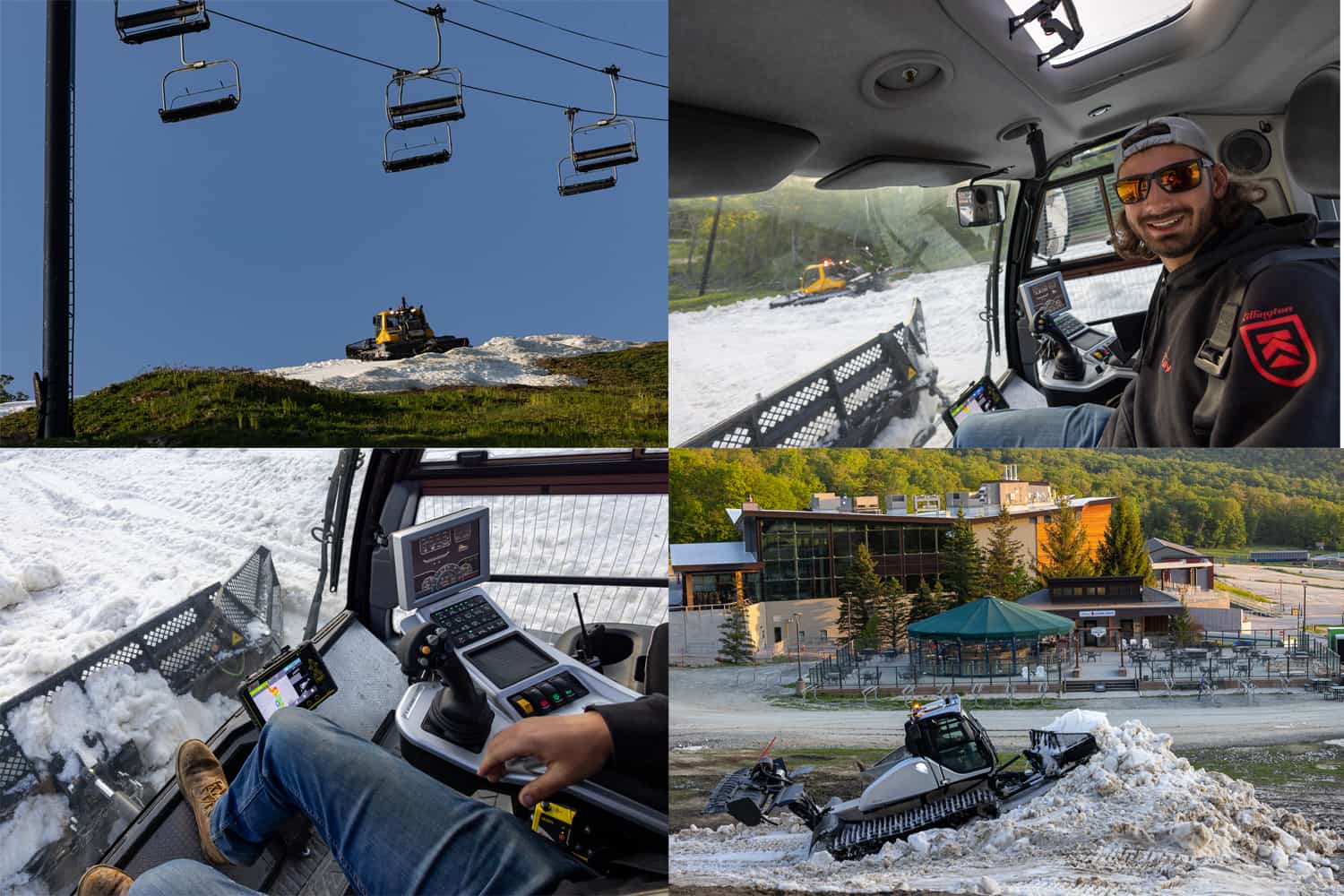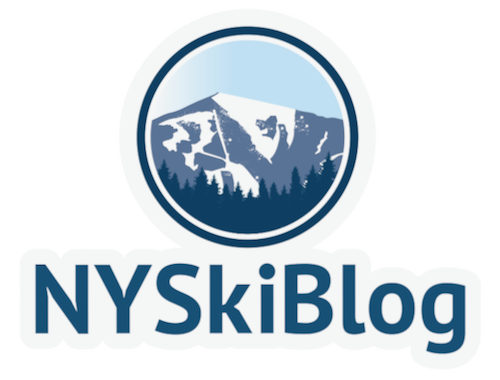You are using an out of date browser. It may not display this or other websites correctly.
You should upgrade or use an alternative browser.
You should upgrade or use an alternative browser.
Killington Conditions
- Thread starter NYSkiBlog
- Start date
Ripitz
Well-known member
- Joined
- Dec 23, 2020
Pretty sweet, Sno. I respect the perseverance.Superstar, Upper and Lower Skye Lark, Lower Bittersweet, Upper Ovation, and Skye Hawk were open today. Walking is required on Ovation and Lower Skye Lark, and Skye Hawk requires a cut through the woods. Very good for a May ski day. I also hiked up to the canyon area for a run on Double Dipper.
snoloco
Well-known member
- Joined
- Jan 1, 2021
They keep going until they reach the desired depth, or the end of March, whichever one comes first. This year they stopped just before the March 23rd/24th weekend. The deepest point on the trail was 28 feet 4 inches as of a few weeks ago.Maybe a stupid question, but do they make snow on Superstar 24x7 whenever it's cold enough? Or do they stop at some point in the season?
- Joined
- Jul 15, 2020
@snoloco how is this measured?28 feet 4 inches
snoloco
Well-known member
- Joined
- Jan 1, 2021
They installed depth finders on a bunch of the groomers last spring. It helps to make snowmaking more efficient, since you know which areas have sufficient depth and which areas need more. It's actually hard to guess the exact depth when looking at a trail from the surface.
MarzNC
Well-known member
- Joined
- Jul 18, 2020
Here's an article about the Prinoth system used by Killington so a groomer driver can tell how deep the snow is under the machine. There is a TikTok video embedded showing work on Superstar to link up snow patches.
As I remember, Diamond Peak was the first American ski resort to use lidar-equipped snowcats for grooming. They used SNOWSat by PistenBully starting in 2014. The technology was developed and refined in Europe.
June 2023

 snowbrains.com
" . . .
snowbrains.com
" . . .
How did we pull it off? It took a little help from Mother Nature, a team of people working long hours, and a bit of new technology.
Grooming manager David Wright, a graduate of the KSRM program at Green Mountain College (now Resort Hospitality Management at Vermont State University) and Beast team member since 2005, said improved snow farming was possible thanks to the new Leica system from Prinoth. This technology took several seasons to be installed at Killington and was used for the first time during winter 2022/23. It comes from the construction world, essentially using the GPS location and precise elevation of the cat to calculate the depth of the snow at any given time. Wright explains:
As I remember, Diamond Peak was the first American ski resort to use lidar-equipped snowcats for grooming. They used SNOWSat by PistenBully starting in 2014. The technology was developed and refined in Europe.
June 2023

[VIDEO] How Killington Resort, VT, Delivered the Best June Skiing in the East - SnowBrains
Most people don’t associate skiing and snowboarding with the month of June, but at Killington Resort, it’s always the goal.
How did we pull it off? It took a little help from Mother Nature, a team of people working long hours, and a bit of new technology.
Grooming manager David Wright, a graduate of the KSRM program at Green Mountain College (now Resort Hospitality Management at Vermont State University) and Beast team member since 2005, said improved snow farming was possible thanks to the new Leica system from Prinoth. This technology took several seasons to be installed at Killington and was used for the first time during winter 2022/23. It comes from the construction world, essentially using the GPS location and precise elevation of the cat to calculate the depth of the snow at any given time. Wright explains:
"“It’s not radar! It uses a lidar scan of the mountain, which was a multi-year process. We flew the mountain and got our terrain model of what’s actually there, elevation and trail edges. The second part was installing the GPS rovers and cellular devices connected to the computer in the machine, which talk to a base station outside of my office and make the calculation of the depth of the snow under the cat. Having the terrain model, we know the elevation of the terrain in every given spot. As the machine drives over the snow, it calculates that difference and the operator can see it in real time on the screen.”
– David Wright
Fishing boats have had transducers installed for years to find out depth and fish.They installed depth finders on a bunch of the groomers last spring. It helps to make snowmaking more efficient, since you know which areas have sufficient depth and which areas need more. It's actually hard to guess the exact depth when looking at a trail from the surface.
Makes sense to figure where the low spots are in the base of a trail when spreading the snow out.
Brownski
Well-known member
- Joined
- Jul 19, 2020
It sounds like they used lidar to create a very precise contour map and then just rely on a high quality gps on the groomer (with accurate elevation readings) to extrapolate snow depth. It’s a lot simpler than it sounds and doesn’t require any fancy tech. The lidar scan is a one time expense and even a really good gps is cheap compared to the total cost of a groomer.
gorgonzola
Well-known member
- Joined
- Jul 21, 2020
blue uses snowsat
MarzNC
Well-known member
- Joined
- Jul 18, 2020
What I remember reading is that an advantage of having lidar is that it takes less time for someone new to grooming to be able to do a really good job with tricky areas. Perhaps more of an issue for smaller mountains. Then again, must be hard to learn and remember lots of details grooming out long runs in the European Alps.It sounds like they used lidar to create a very precise contour map and then just rely on a high quality gps on the groomer (with accurate elevation readings) to extrapolate snow depth. It’s a lot simpler than it sounds and doesn’t require any fancy tech. The lidar scan is a one time expense and even a really good gps is cheap compared to the total cost of a groomer.




